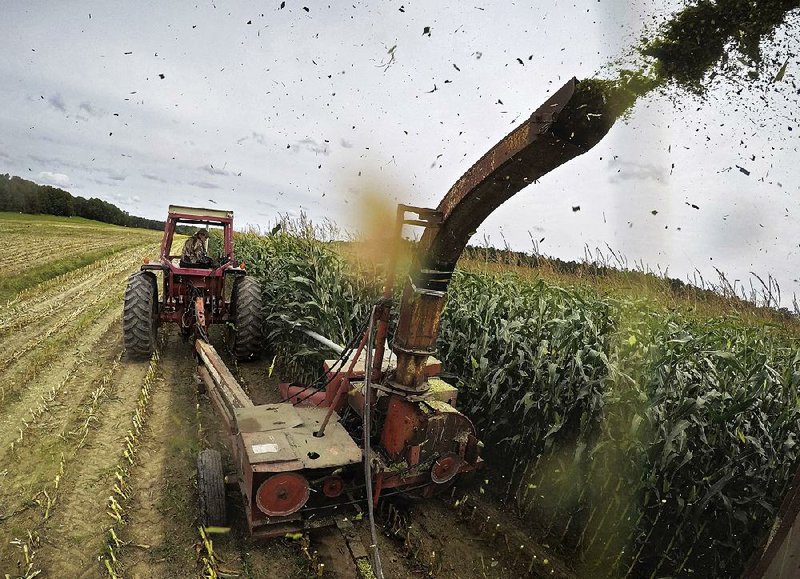WASHINGTON -- U.S. wholesale prices fell last month, dragged down by a steep drop in gas costs, suggesting that inflation will remain tame in the coming months.
The Labor Department said Tuesday that the producer price index -- which tracks cost changes before they reach the consumer -- fell 0.2 percent in December from the previous month. The drop follows a small 0.1 percent increase in November.
Wholesale prices rose 2.5 percent in December from a year earlier, the same 12-month increase as in November. Excluding the volatile food and energy categories, core prices increased 2.7 percent.
Not all those cost increases at the wholesale level are passed on to American shoppers. The consumer price index increased just 1.9 percent in December from a year earlier, the Labor Department said last week.
The data indicate that inflation is mostly tame, despite steady economic growth and a very low unemployment rate. A strong economy can sometimes push up inflation, which then spurs the Federal Reserve to raise the short-term interest rate it controls in order to slow growth and keep prices in check.
Fed Chairman Jerome Powell has said the muted inflation figures have allowed the Fed to remain "patient" when it comes to its next interest rate increase. Fed policymakers have forecast two rate rises this year, after lifting rates four times in 2018.
But recent volatility in the financial markets and concerns about a slowing global economy have led many analysts to predict that Fed policymakers may hold off on lifting rates at all this year.
The Fed's preferred inflation gauge, a separate index tied to consumer purchases, has increased just 1.8 percent in the past year. That's below the Fed's inflation target of 2 percent. The Fed wants some inflation to guard against deflation, a damaging fall in prices and wages.
Wholesale gas prices plummeted 13.1 percent in December, offsetting a 2.6 percent increase in food prices. The cost of fresh fruits and melons soared nearly 50 percent last month, the government said.
The prices of beef, wireless phone plans, and transportation and warehouse services all fell.
The price index for services slipped 0.1 percent, the first decline in four months, weighed down by transportation and warehousing and narrower margins for retailers and wholesalers. That dragged down the core index.
While the consumer price index is considered a more important indicator of inflation, producer prices help provide insights into the direction of input costs, and analysts monitor producer prices to assess how the gains will filter through to consumers.
Information for this article was contributed by Christopher Rugaber of The Associated Press and by Shobhana Chandra of Bloomberg News.
Business on 01/16/2019

